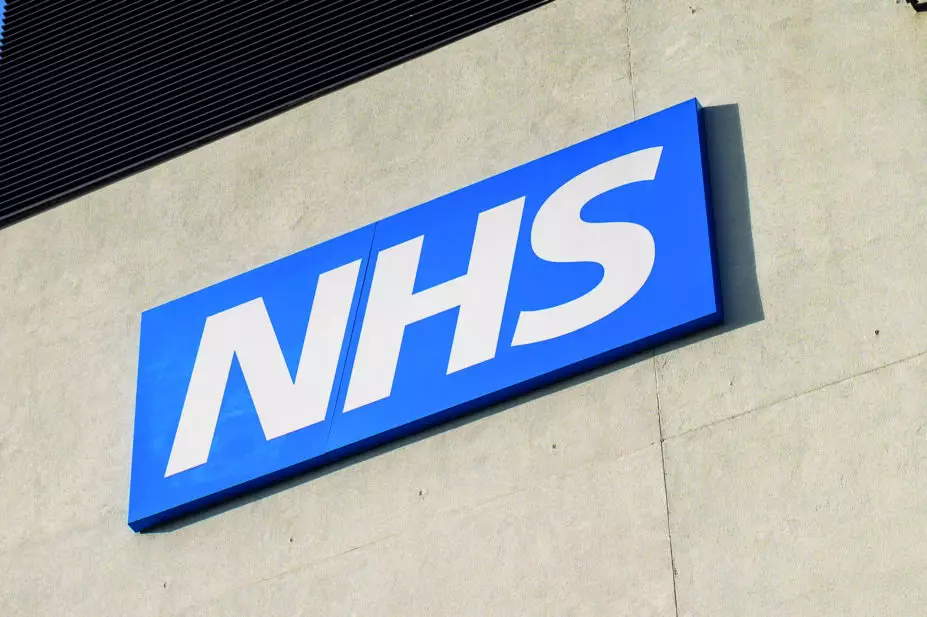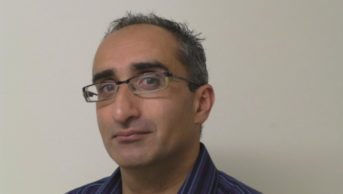
Shutterstock.com
NHS trusts in England ended the financial year in a worse financial state than expected, because of higher demand on hospital emergency departments during the winter.
According to official figures released on 31 May 2018, NHS trusts ended the 2017–2018 financial year £960m in debt — double the amount they were expecting.
Trusts fell £464m further into debt than planned because of higher demand on hospital emergency departments during winter 2017/2018, resulting in higher bed occupancy numbers that caused further delays for patients waiting for elective treatment, which in turn hit trust income.
However, in its latest quarterly performance report of the NHS provider sector for January to the end of March 2018, NHS Improvement, which is responsible for overseeing foundation trusts and NHS trusts, said that the £960m debt accrued by the end of the financial year March 2018 was still “substantially” less than the £1,281m faced in the previous quarter.
The £960m also represented only 1.2% of trust turnover, the report said.
In its report, NHS Improvement also revealed that around 15% of providers — mainly acute trusts — were responsible for the higher than expected deficit.
It said that 156 trusts finished the financial year hitting or exceeding their budget targets, and that “given the level of demand and the workforce challenges, this is a considerable achievement”.
Ian Dalton, chief executive of NHS Improvement, added: “More than two-thirds of providers ended the year on budget or better than planned. Given rising demand and record vacancies, this is an important achievement.”
But Niall Dickson, chief executive of the NHS Confederation, said the whole NHS was “struggling to cope”.
“If you wanted evidence of a system under strain – this is it,” he added. “The start of this year saw 220,000 more patients attending accident and emergency departments. A further 70,000 more needed admittance. Hospitals and community services ended last year £960m in deficit, routine operations had to be cancelled and more than 2,500 patients are now waiting more than a year for their operation. In spite of heroic efforts by staff, too many patients are being let down by an understaffed and underfunded system.”
Looking ahead, the report said that providers in future needed to “move away” from relying on non-recurring efficiency savings and instead focus on finding savings which are “recurrent and long term”.


